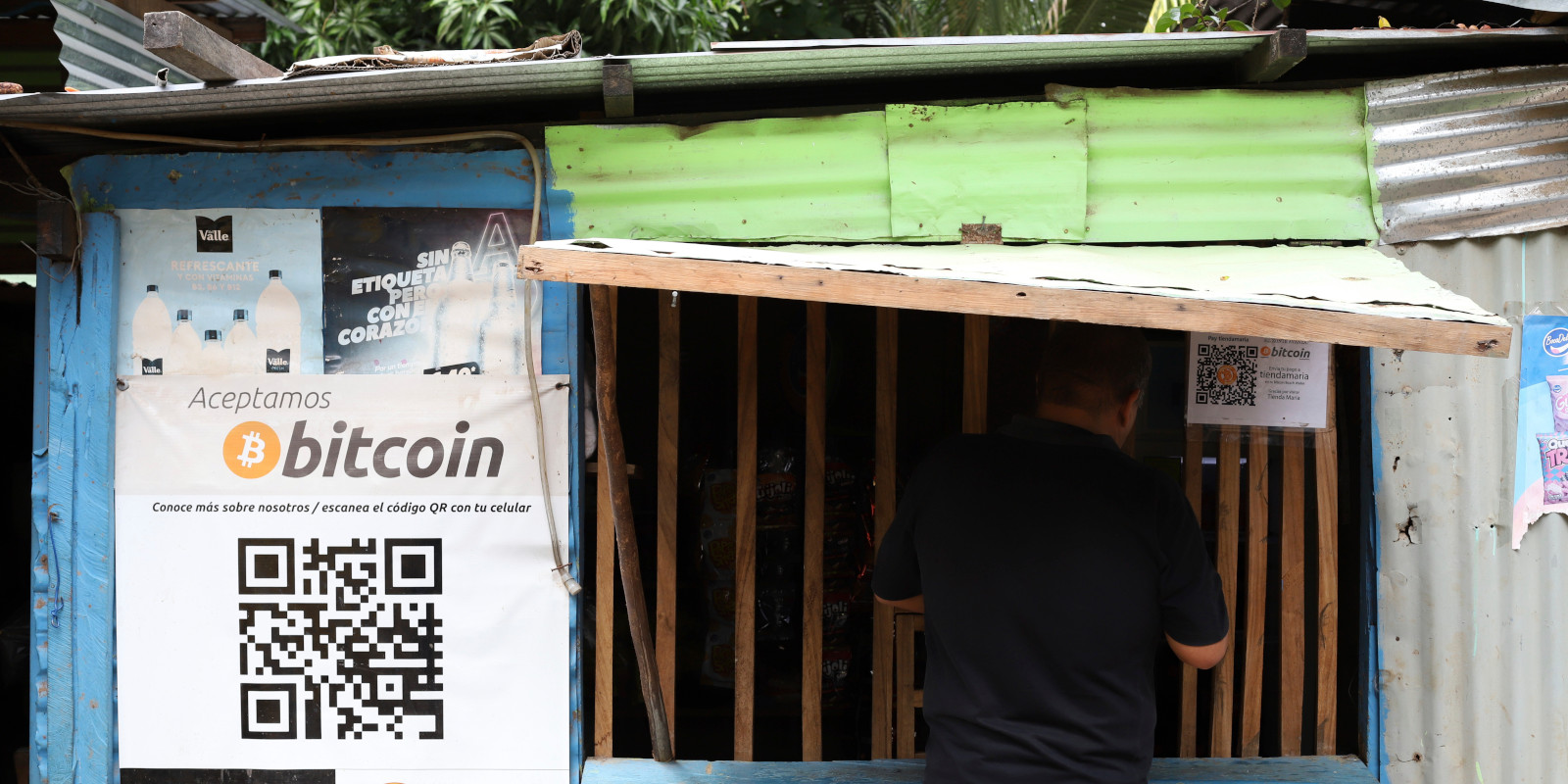Bitcoin, the much-hyped, much-maligned cryptocurrency, recently suffered a sustained dip below $30,000 USD, a significant drop from its November high of over $68,000. Other altcoins are not faring better as the cryptocurrency market crashes.
The reaction from many crypto skeptics to the downturn has been outright schadenfreude, with the Twitter account Crypto Bros Taking Ls gleefully documenting the embarrassment and the devastation of crypto enthusiasts.
And the most prominent crypto bro taking the biggest loss may be Nayib Bukele, El Salvador’s 40-year-old Bitcoin-backing president, who made it an official national currency (alongside the American dollar) with the passage of the Bitcoin Law one year ago. The country so far has spent about $103 million buying a total of 2,301 digital coins since becoming the world’s first government to make the cryptocurrency legal tender.
The International Monetary Fund has issued several warnings to the administration about legalizing Bitcoin as an acceptable form of payment for any purchase or debt. A January country report from the IMF stated that “efforts to improve financial inclusion are welcome, but Bitcoin use carries significant risks and Bitcoin should not be used as an official currency with legal tender status.”
A February IMF release warned that “Households and businesses who hold Bitcoin balances and save in Bitcoin could lose wealth through large swings in value.”
“The adoption of Bitcoin as legal tender is fully funded by public money, through a trust fund. If the price of Bitcoin was to plummet, the resources in the trust could be rapidly depleted,” the release continued.
Also in February, citing financing uncertainty spurred by the law, Fitch Ratings downgraded El Salvador’s long-term default rating from a “B-” to a “CCC”.
“Politicians who link their careers and their countries to Bitcoin, as the crazy president of El Salvador did, were driving their countries to national and international bankruptcy,” said commentator David Frum on a recent episode of Frum Dialogues.
Undeterred by the latest downturn, the El Salvador government bought 500 Bitcoins at $30,744 each on May 9, in its largest purchase to date of the cryptocurrency, and President Bukele has predicted that the leading cryptocurrency will hit $100,000 in 2022.
Overall the cryptocurrency slide has reduced the value of the country’s holdings to about $66 million. But even before this downturn, things were not going so well for Bitcoin in El Salvador.
Results to date
In September the country launched an e-wallet app called Chivo, along with an educational campaign on how to use it, that allowed users to convert Bitcoin into dollars and back without a fee and to send or receive either currency. To encourage the use of the Chivo wallet, the government of El Salvador offered a $30 inducement to every citizen who downloaded the app. Additionally, all transaction and withdrawal fees were waived, and gas discounts were offered to those who paid in Bitcoin.
An April 2022 National Bureau of Economic Research paper, “Are Cryptocurrencies Currencies? Bitcoin as Legal Tender in El Salvador”,Fernando E. Alvarez, David Argente, and Diana Van Patten authored the study. finds that despite these incentives, up to that point Bitcoin had failed to gain widespread adoption amongst El Salvador’s citizenry.Study method: “We conduct a nationally representative face-to-face survey spanning 1,800 households during February 2022. This leads to results with a 95% confidence interval and a 1.94% margin of error. Respondents are all adults, as being 18 years old is a pre-requisite to be eligible to download and use Chivo Wallet.” As of January 2022, over two-thirds of the country’s population of 4.3 million people had downloaded Chivo, according to presidential reports.
And while most of those who did download the Chivo wallet reported spending their $30 bonus—which, as the study notes, is a significant amount in this country with a per capita GDP of $4,131 (and an amount equivalent to 0.7 percent of annual income per capita)—only twenty percent of those who did then continued to use the app afterward, the report finds.
The authors also report that 71 percent of sales in Bitcoin are converted into dollars and then withdrawn as cash, 17 percent are converted into dollars and kept in the Chivo wallet, and only 12 percent are stored as Bitcoin within the app.
Part of the problem may lie in the fact that despite Bitcoin being legal tender, only twenty percent of firms in the country reported accepting the cryptocurrency as a means of payment. On average, the authors found that only about 5 percent of all sales in the country are paid in Bitcoin, and, of those, 88 percent of businesses do not keep the money from sales as Bitcoin, instead transforming it back into dollars.
The most important reason users reported for not utilizing Bitcoin after downloading Chivo was that they prefer to use cash. This was followed by trust issues, with respondents to the survey stating that they did not trust the system or Bitcoin itself. The authors note that most transactions in El Salvador are paid with cash (over 50 percent of the respondents use only cash to pay for their expenditures) and the share of businesses that accept credit or even debit cards in the country is only about 25 percent.
In fact, the study found that more than 70 percent of the respondents were unbanked, almost 90 percent did not use mobile banking, and only about 65 percent of Salvadoreans had access to a mobile phone with internet, a technology required to download and use the Chivo wallet.
Those most likely to have downloaded the app and adopted Bitcoin are younger, male, banked, and own a cell phone connected to the internet.
In conclusion, the authors write that:
Overall, we document that Bitcoin is not being widely used as a medium of exchange. The latter stands despite the big push exerted by the government, which involved endowing Bitcoin with legal tender status through the Bitcoin Law, the $30 bonus, gas discounts, and no transaction or withdrawal fees; and despite the incentive to use touchless payment methods in the midst of the COVID-19 pandemic.
A September 2021 poll by the Central American University in El Salvador found that 67.9 percent of Salvadoreans disagreed or strongly disagreed with the government’s move to use Bitcoin as a legal tender.
Recommended for You

‘Our role is to ask uncomfortable questions’: The Full Press on why transgender issues are the third rail of Canadian journalism

Need to Know: Mark Carney’s digital services tax disaster

Sean Speer: Investing in critical minerals isn’t just good business, it’s a national security imperative

Theo Argitis: Carney is dismantling Trudeau’s tax legacy. How will he pay for his plan?




